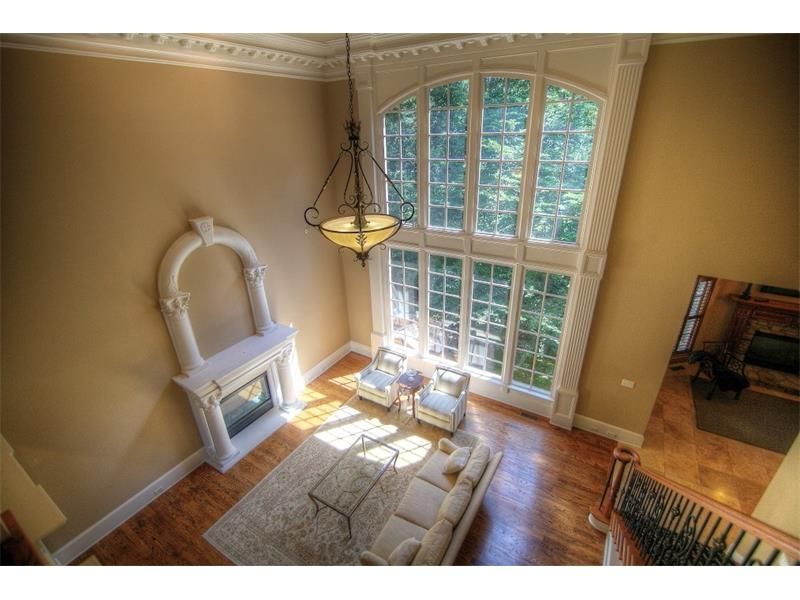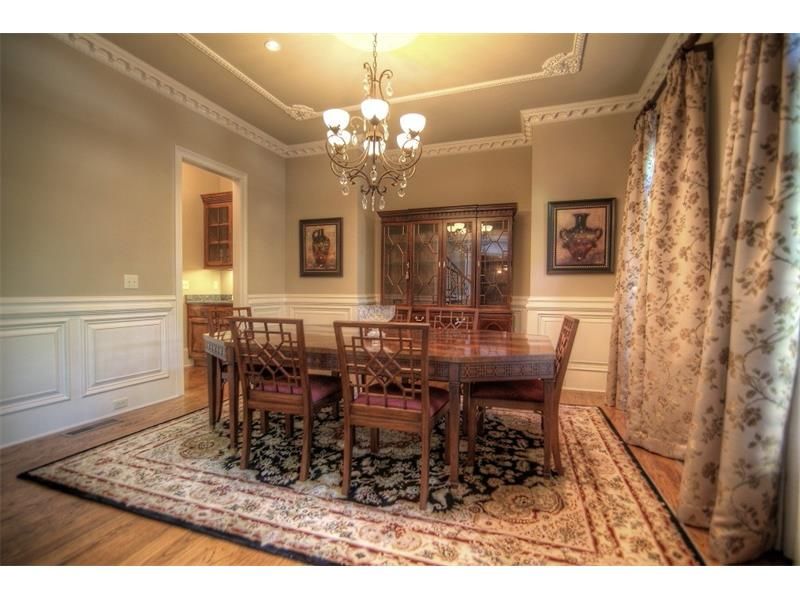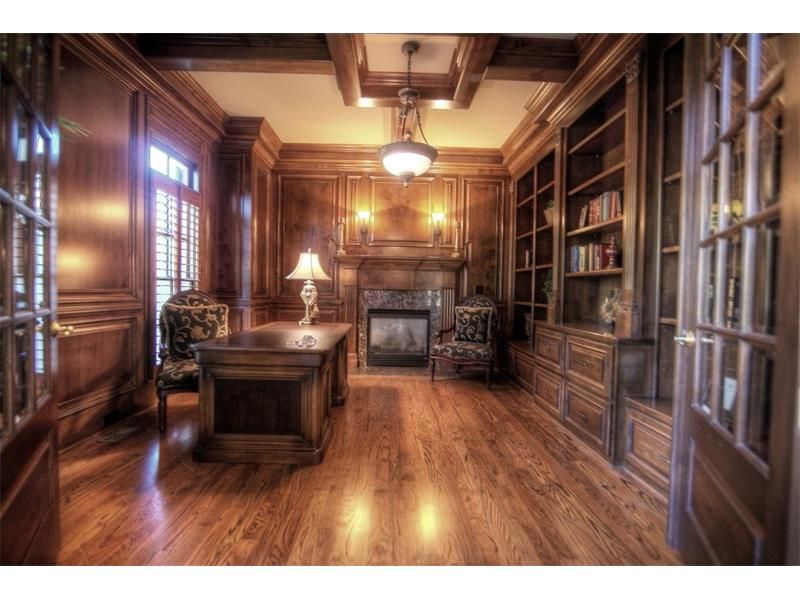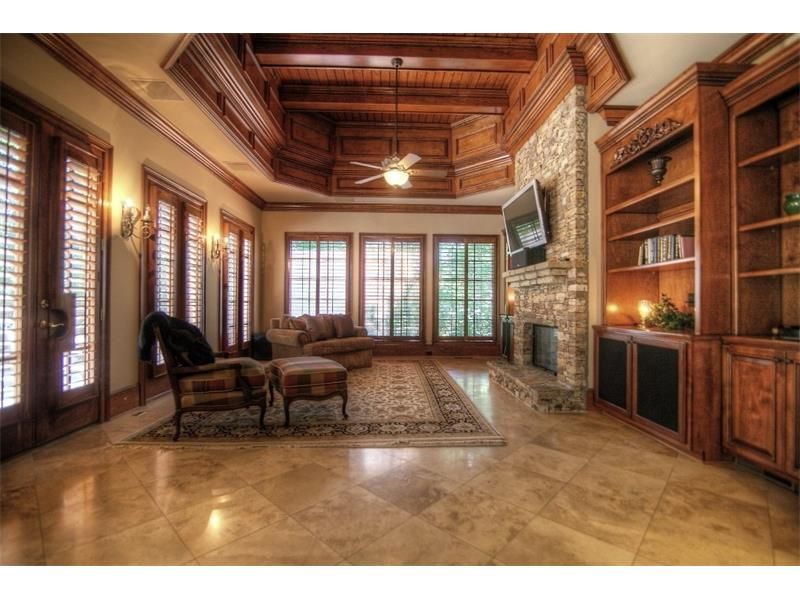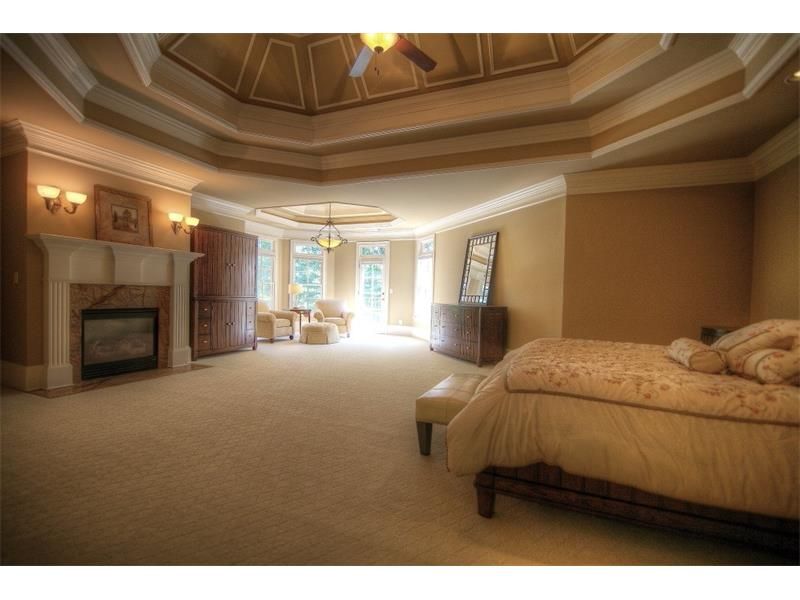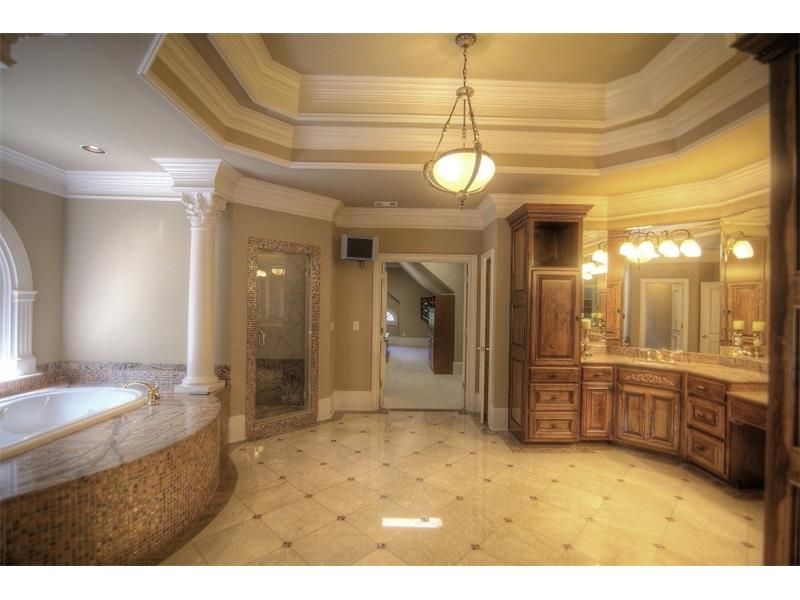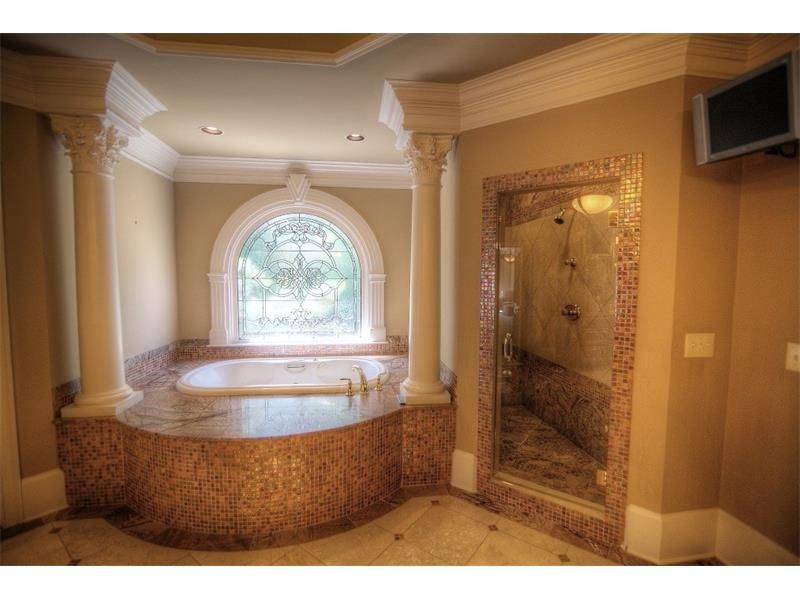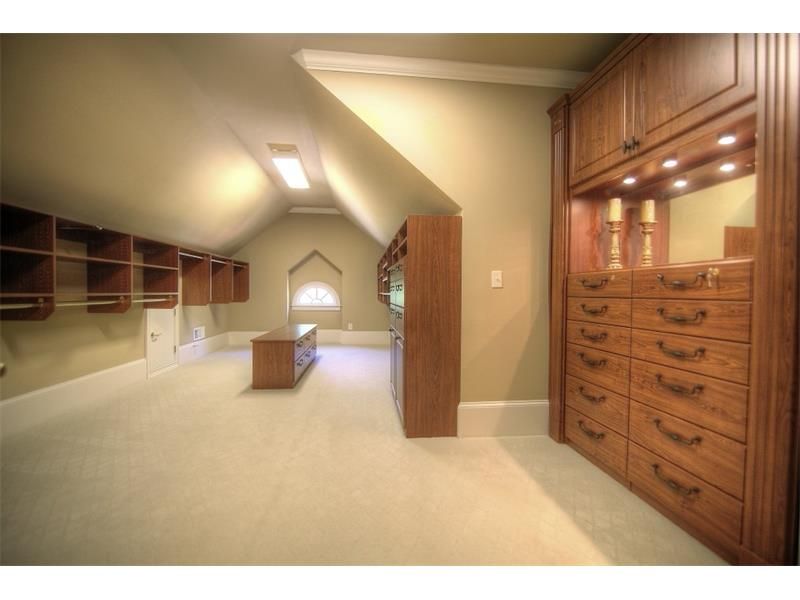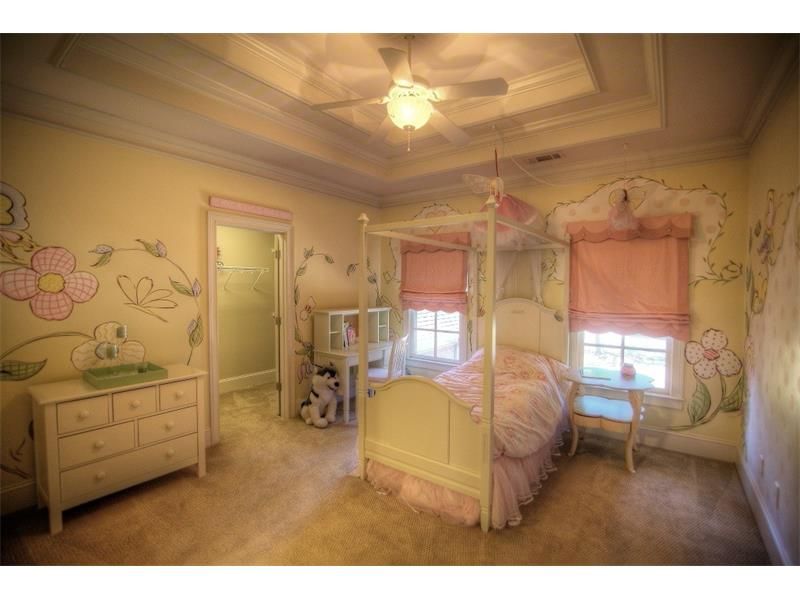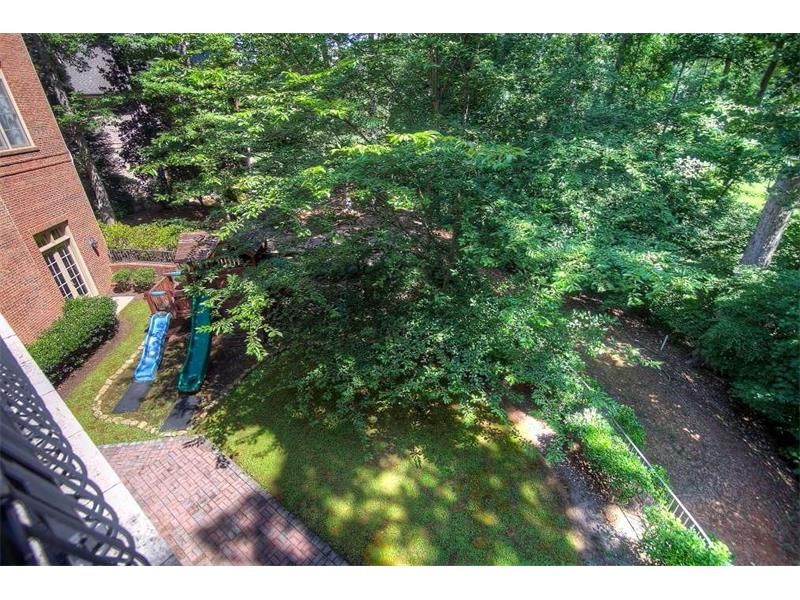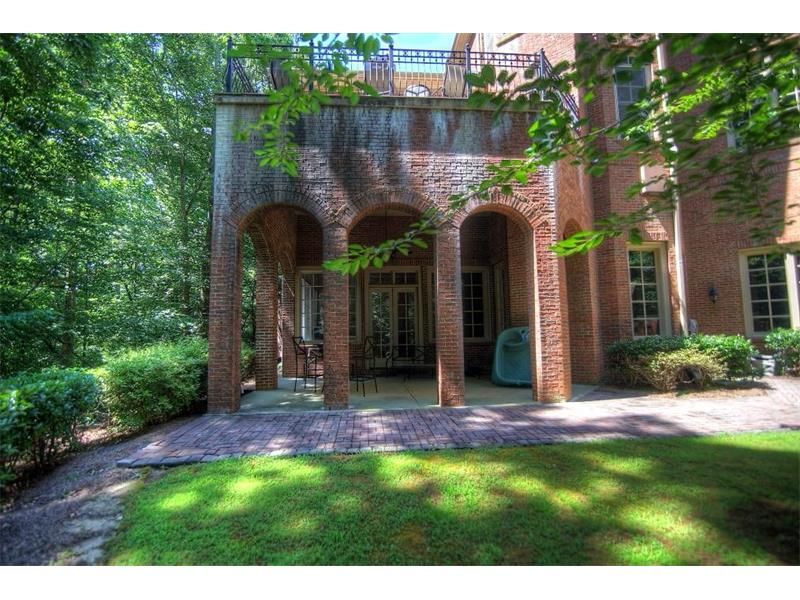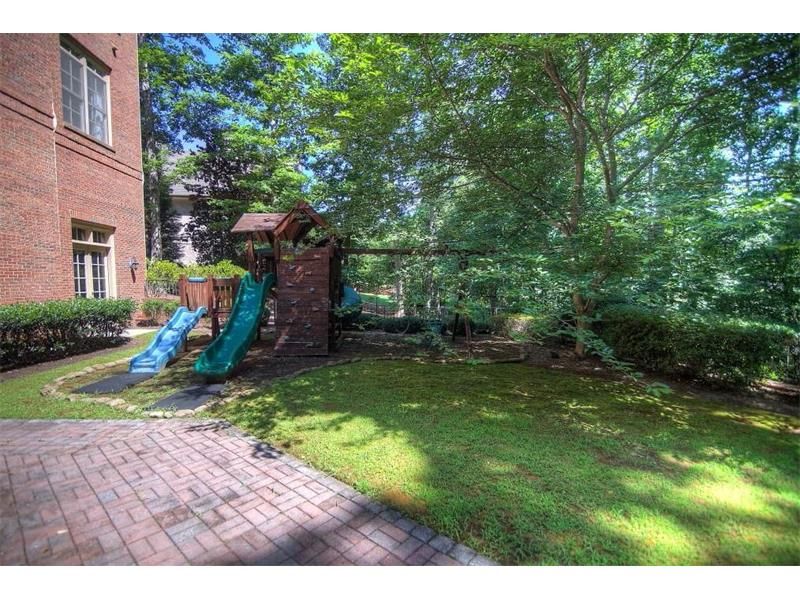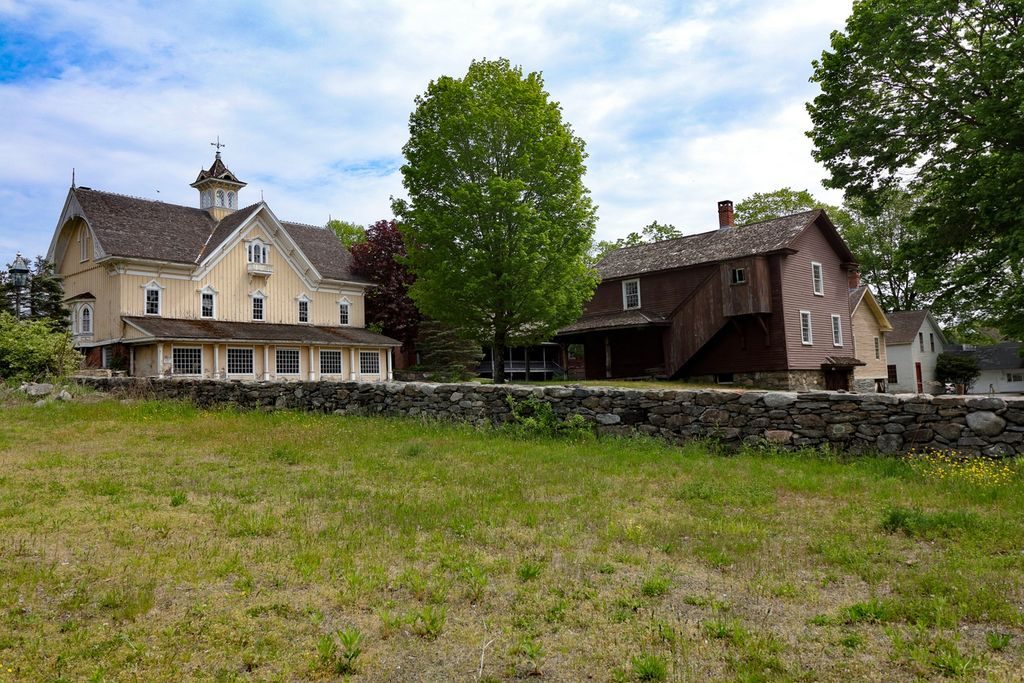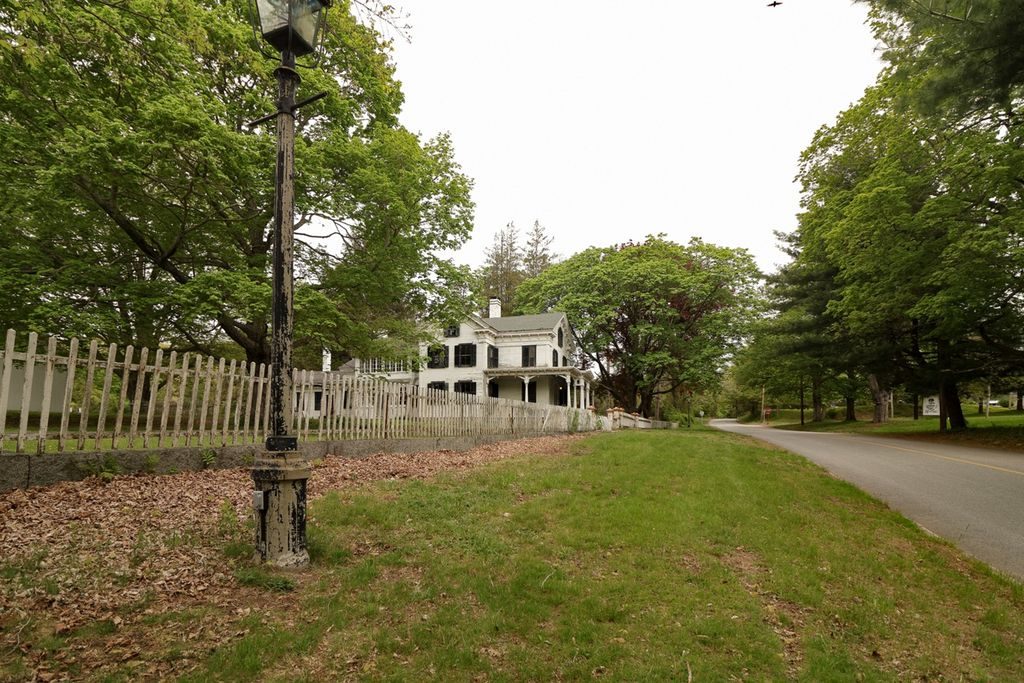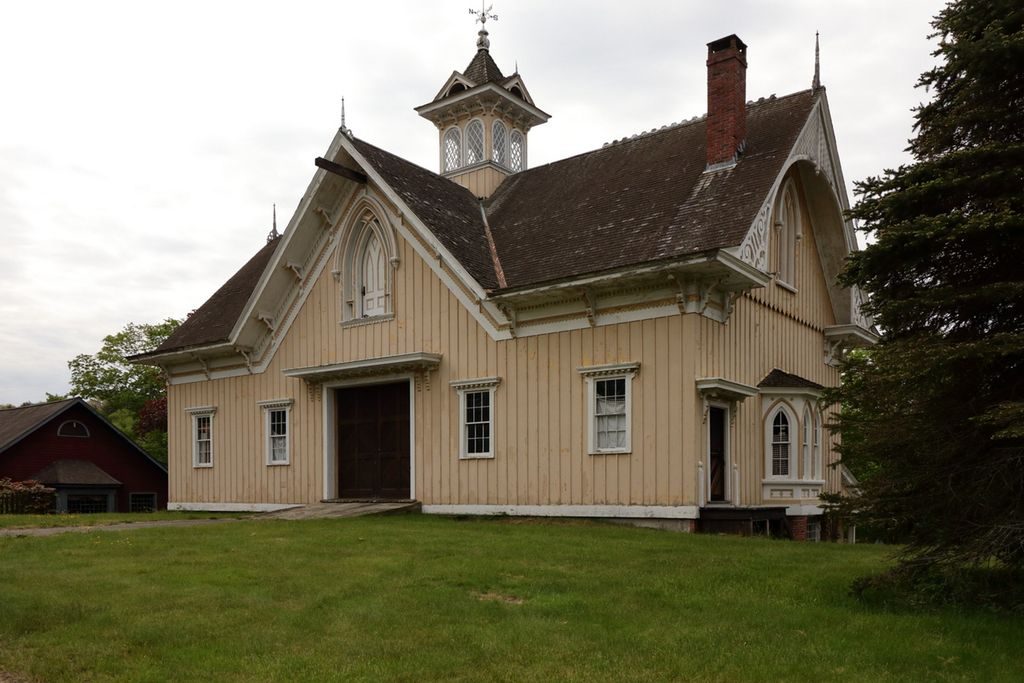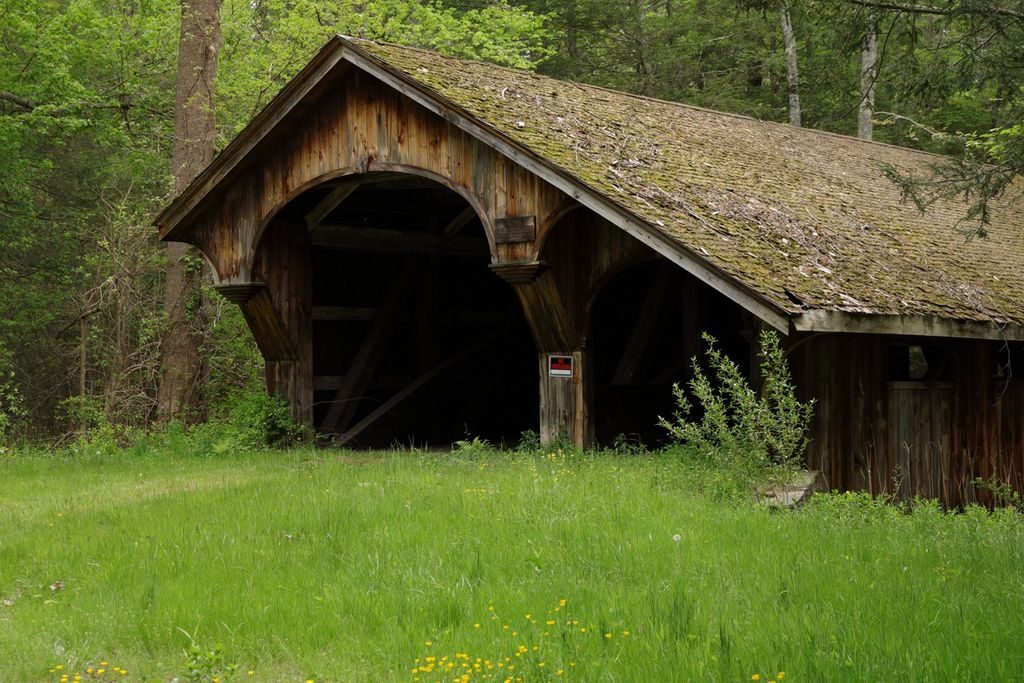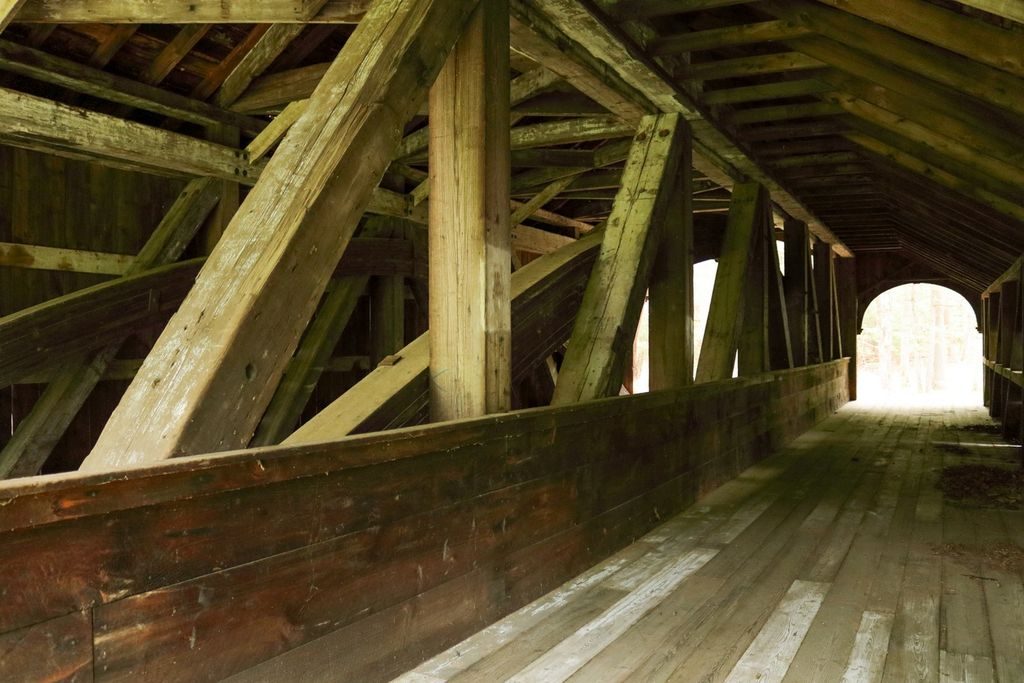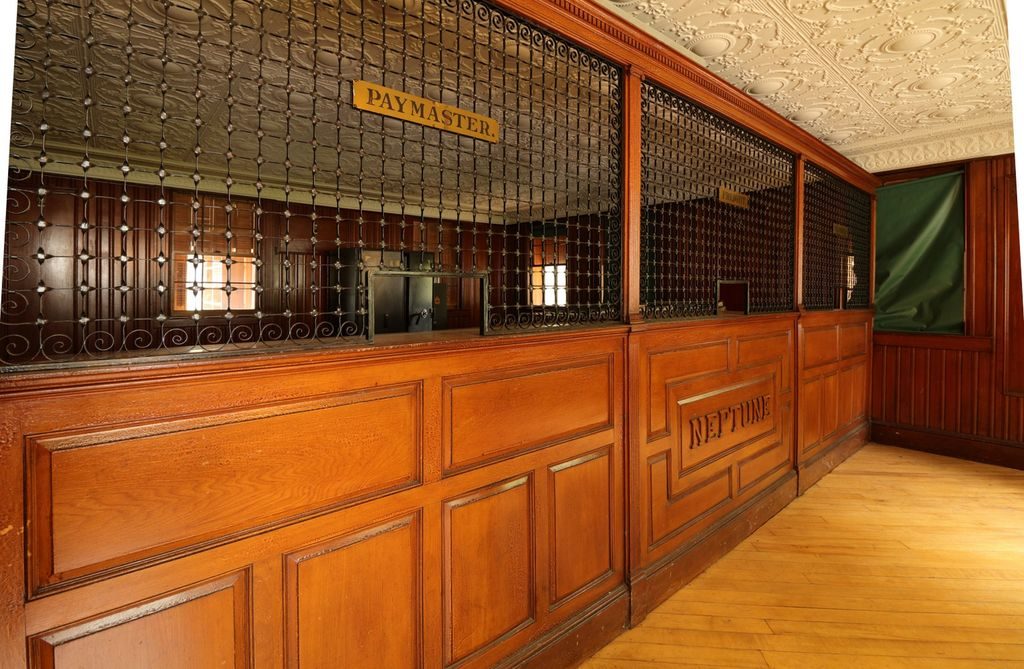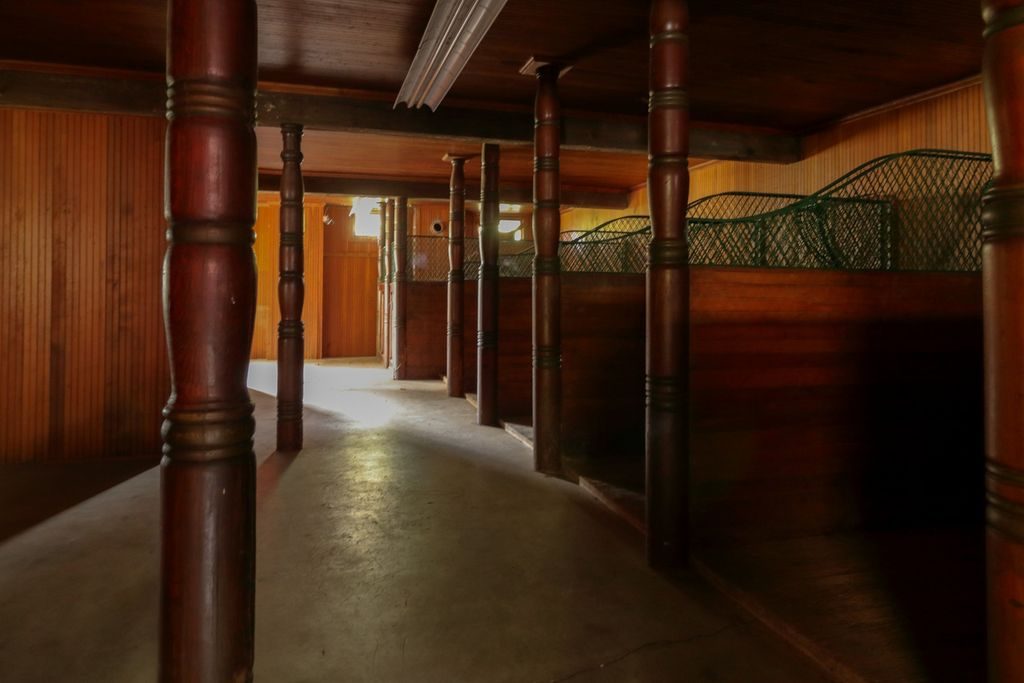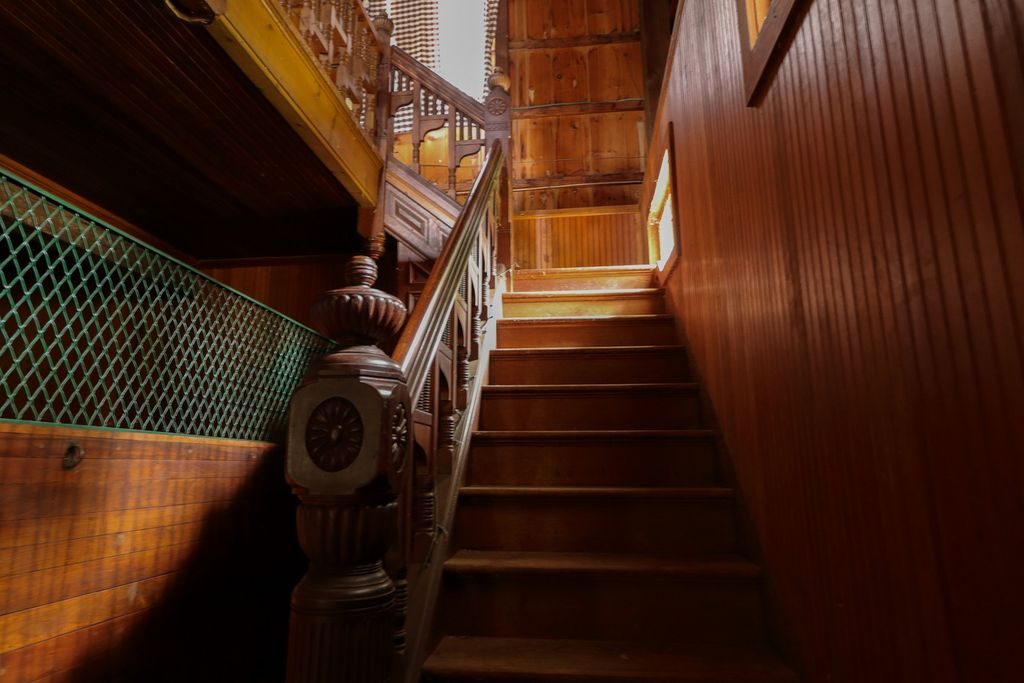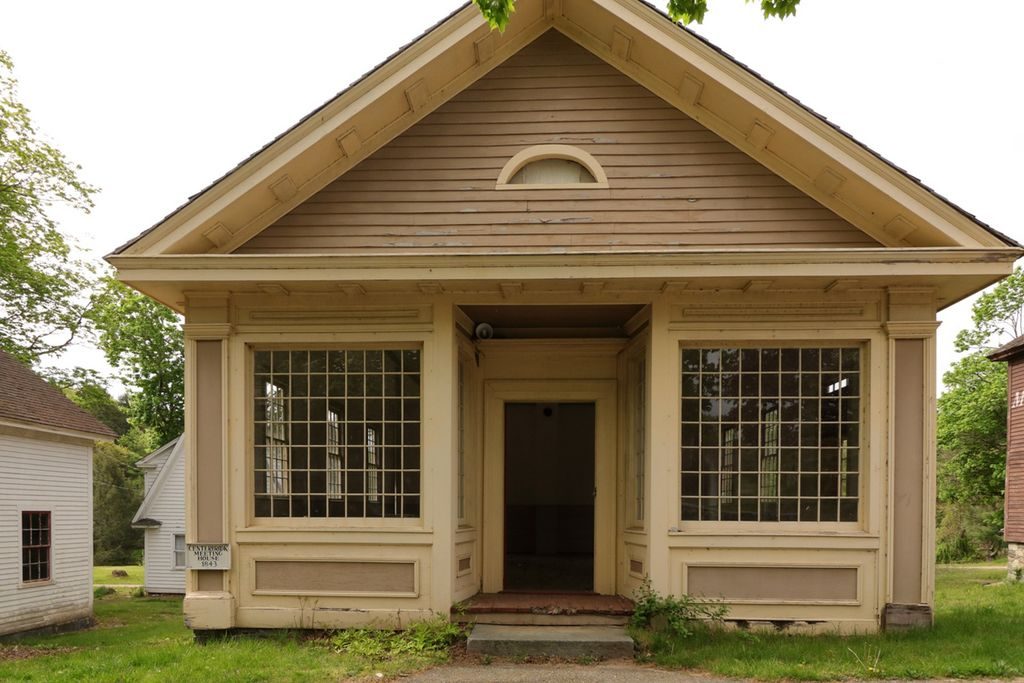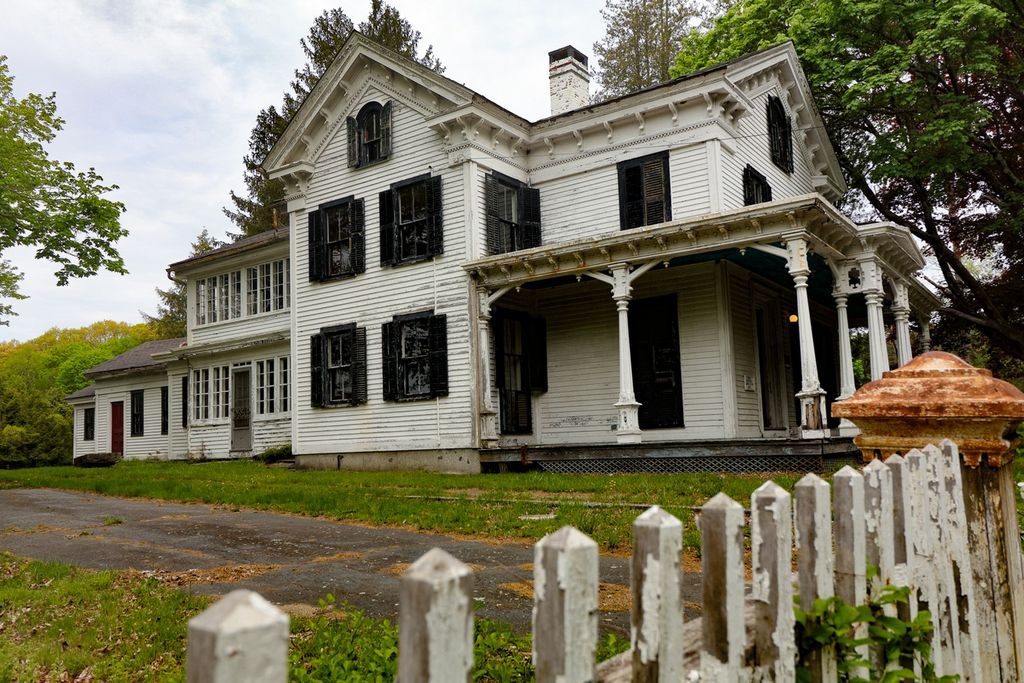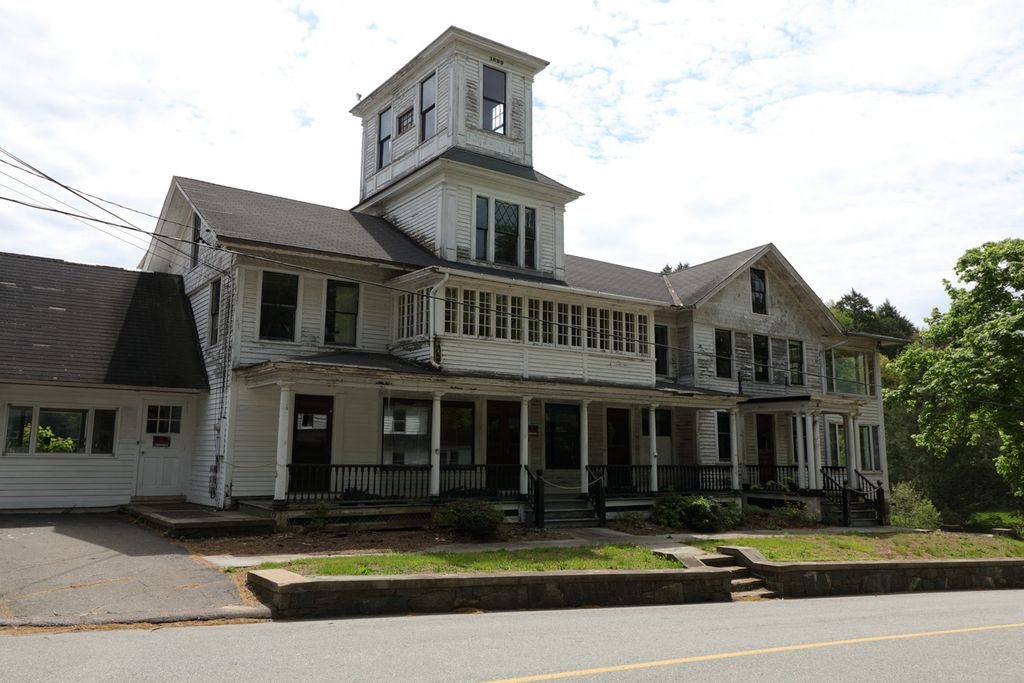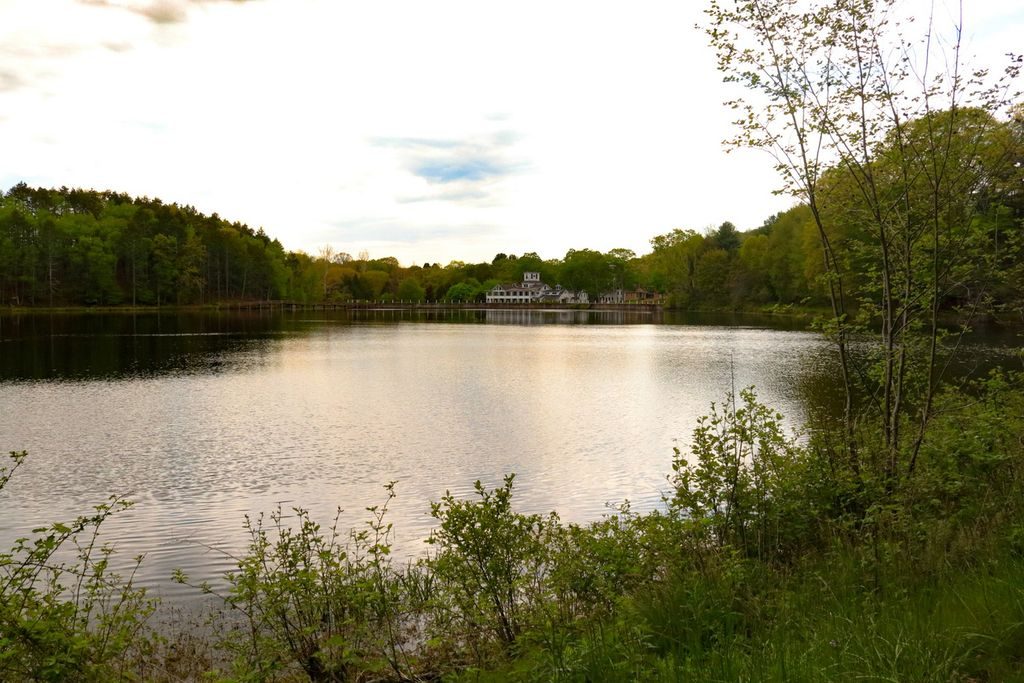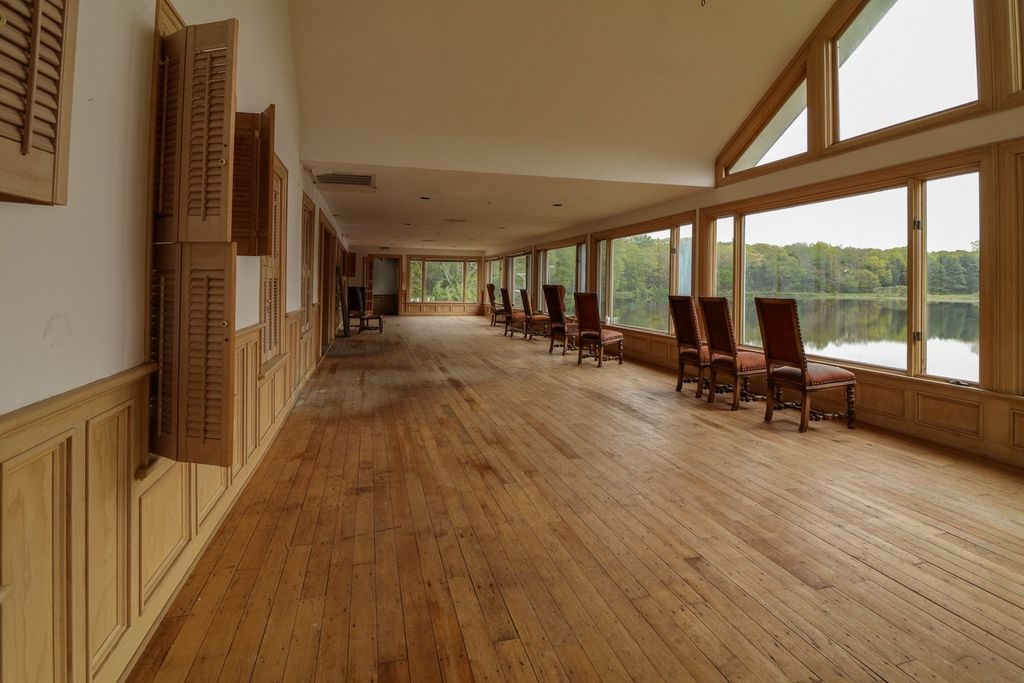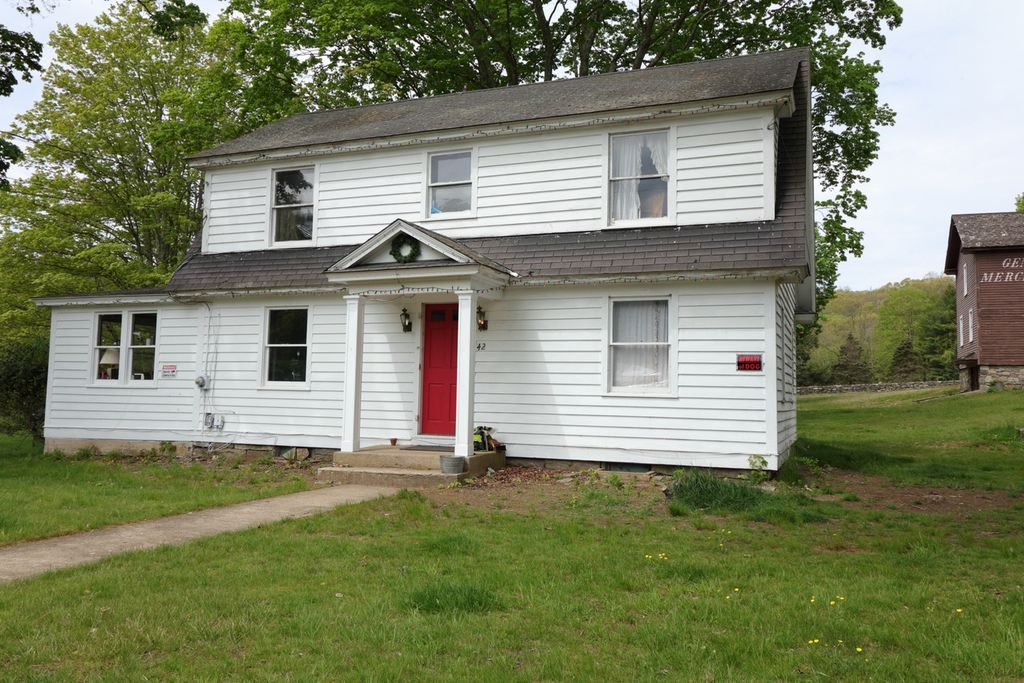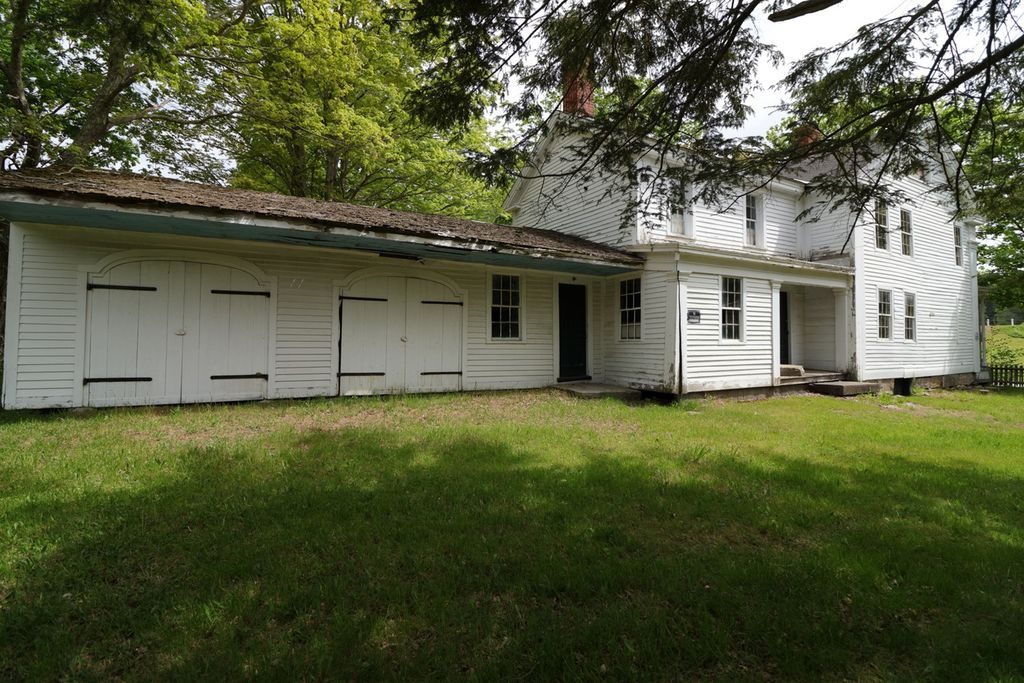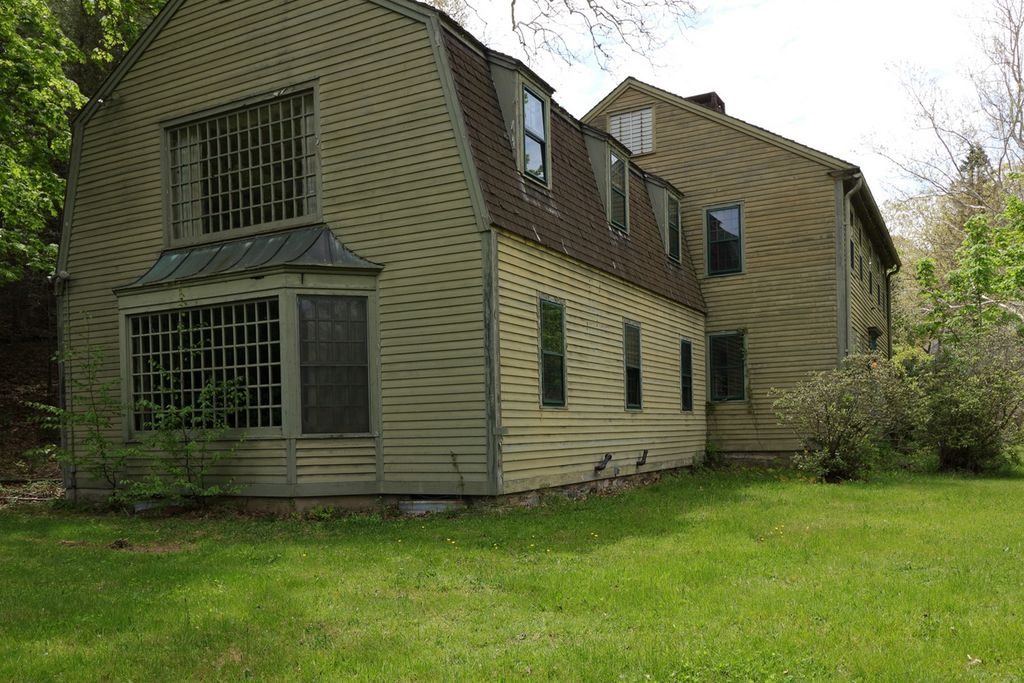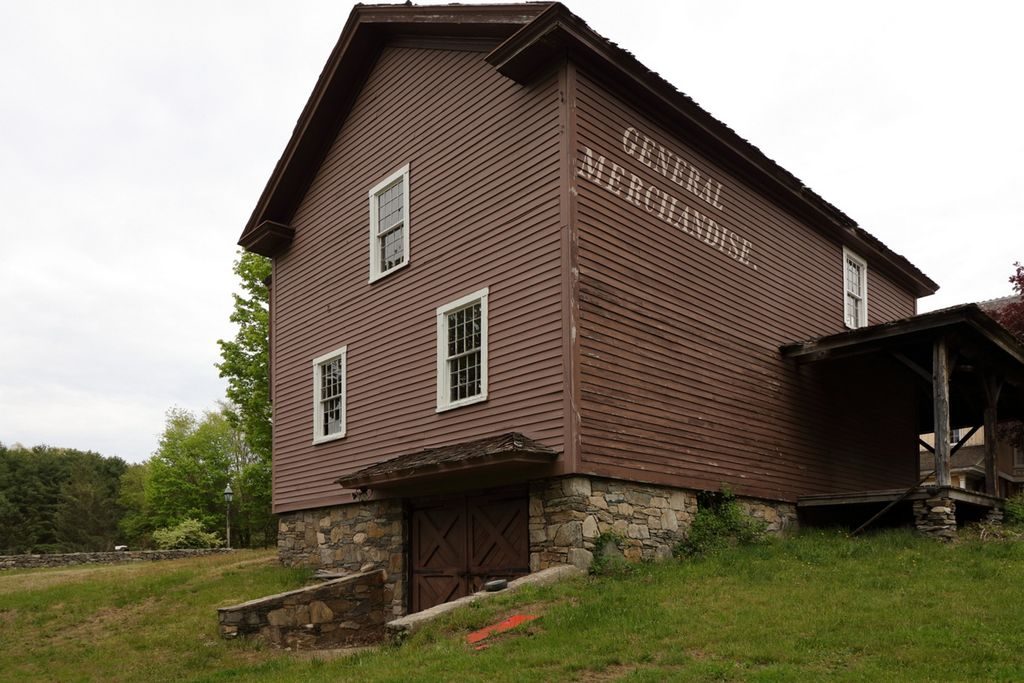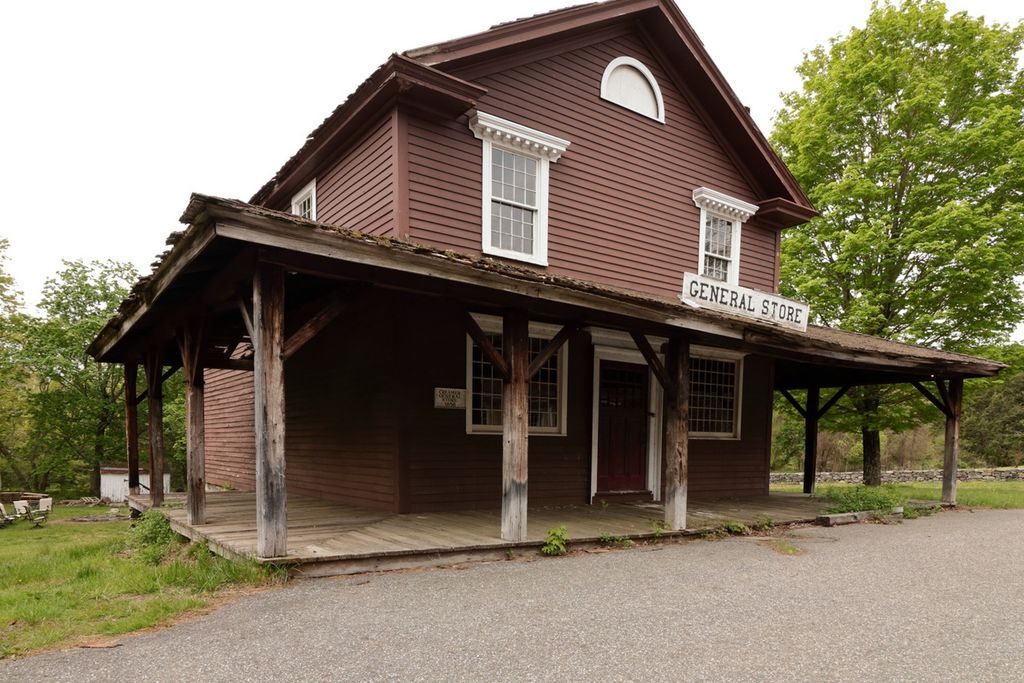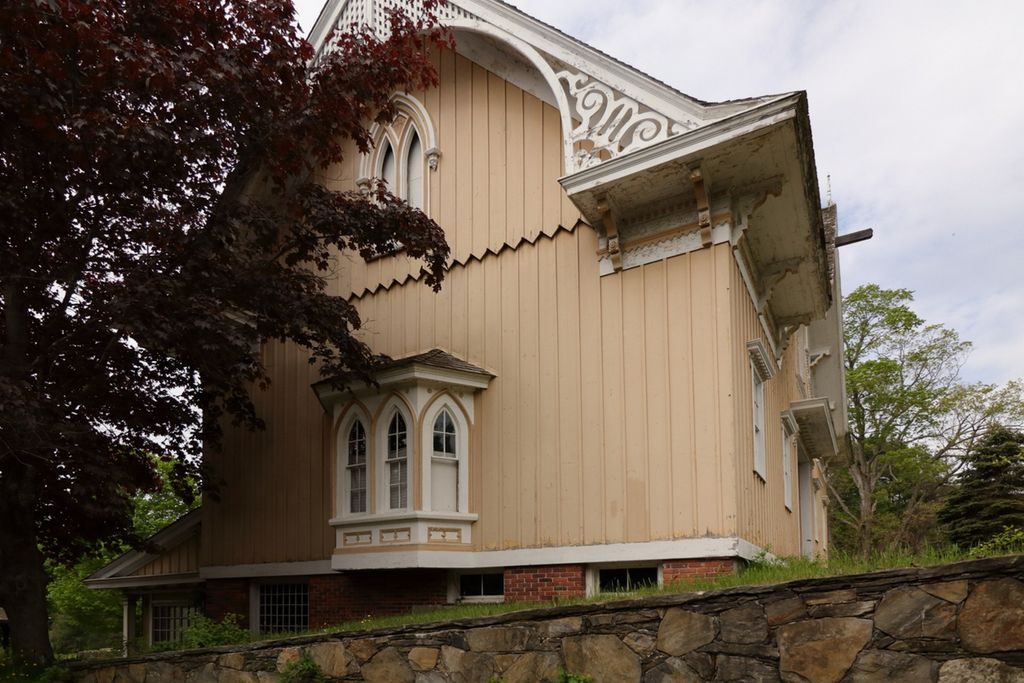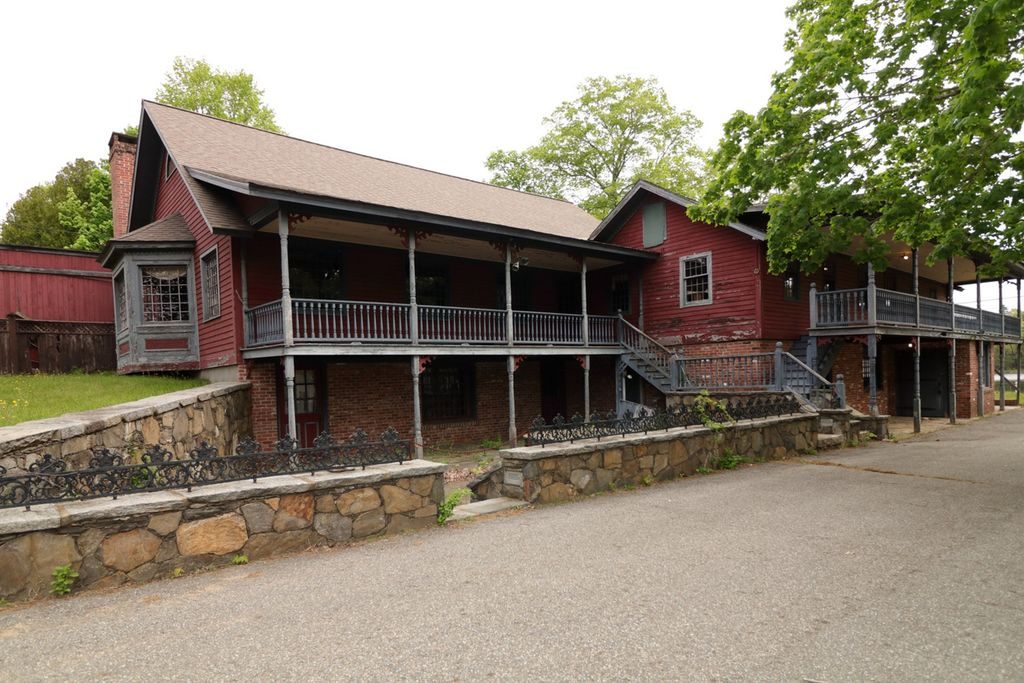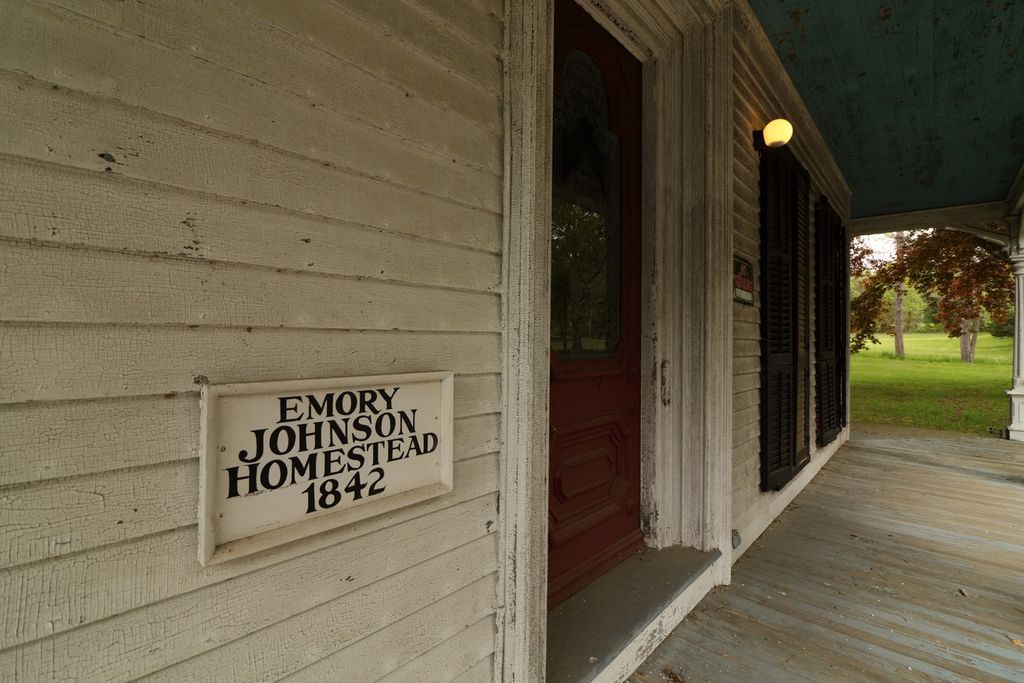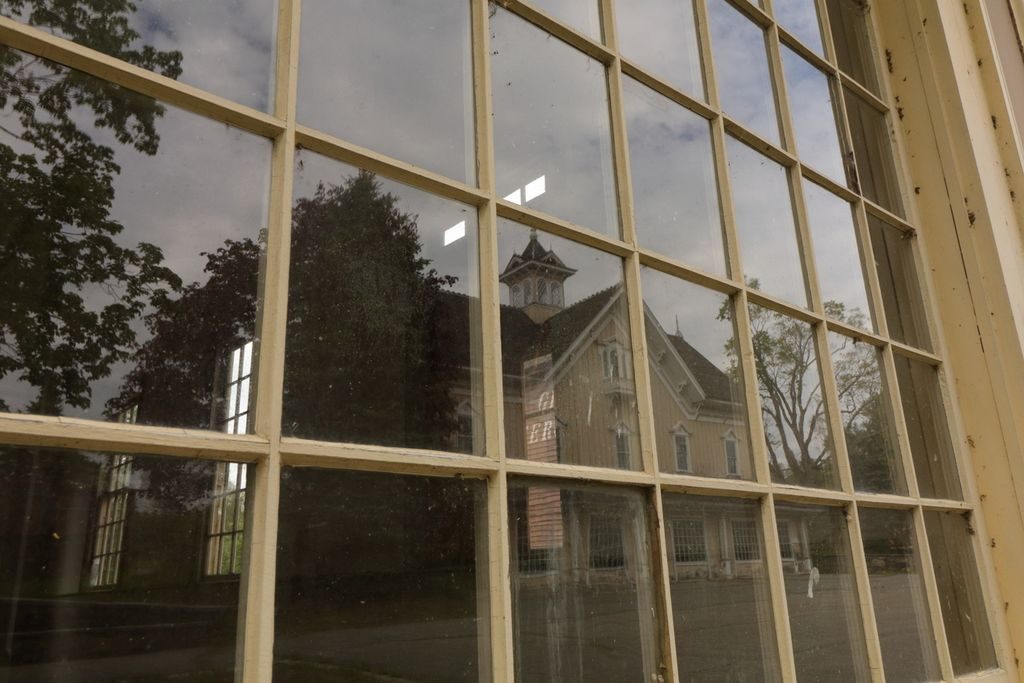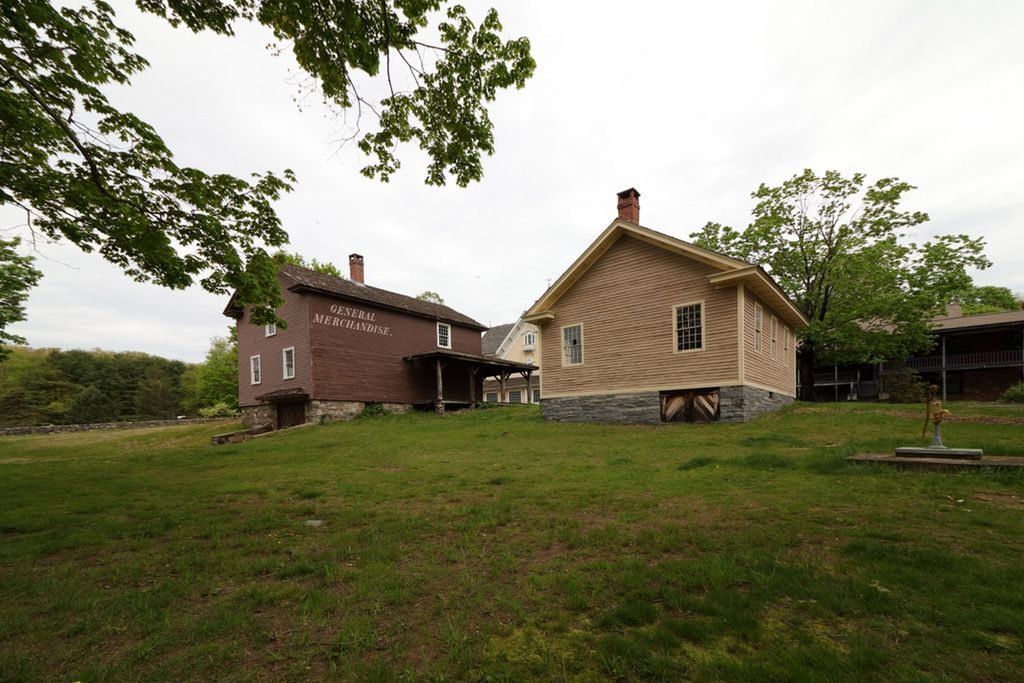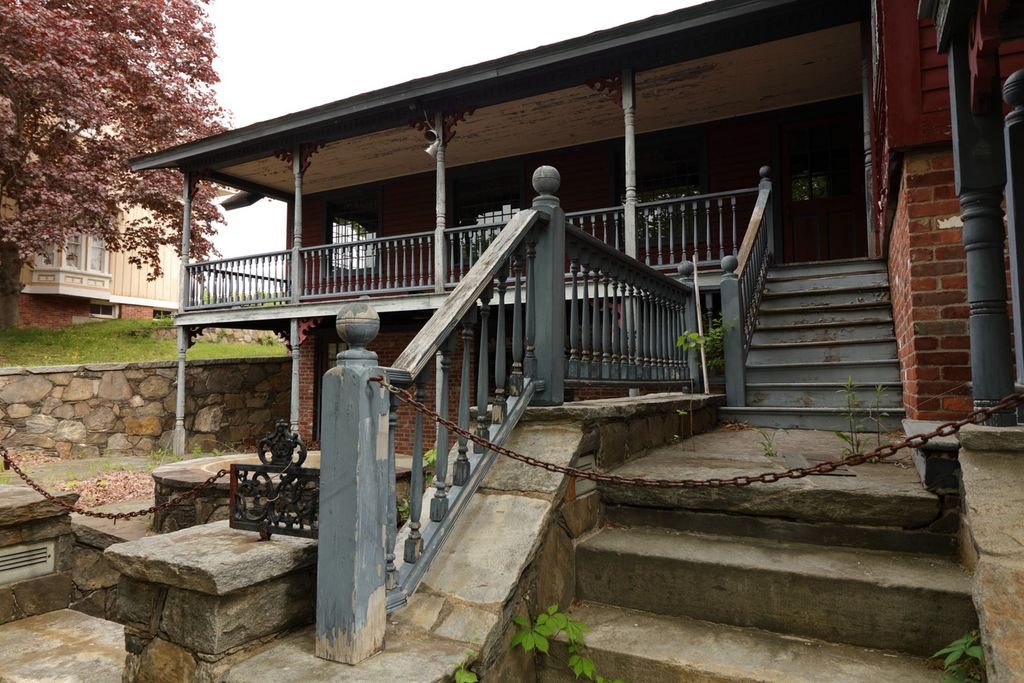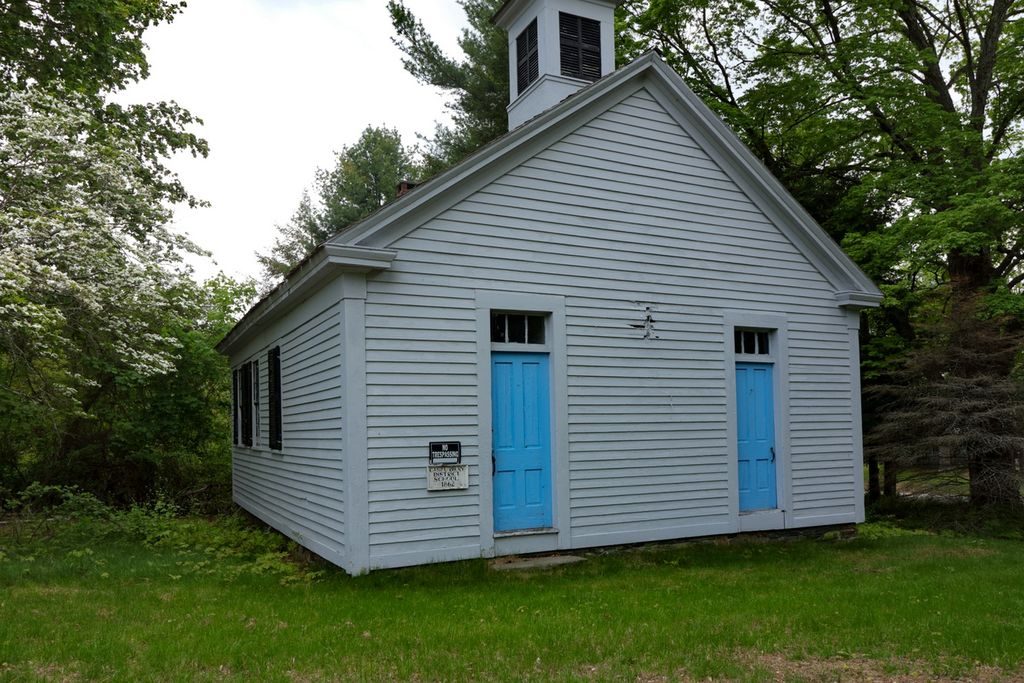There comes a time in many homeowners’ lives when it’s just time to move on to the next home. Maybe it’s because of a job change, the arrival of a kid (or more kids), a marriage or divorce, or you just don’t like where you live anymore.
Many millennial homeowners - who represent half of all home buyers these days, according to the Zillow Group Consumer Housing Trends Report - are ready for that next home purchase. Maybe that describes you.
So, now you have a decision to make: Do you sell your first home, or hang on to it and rent it out?
Kate Currett, a millennial homeowner, rented out her first home in Utah for three years while living in her second home in Ohio. Her goal, like most who rent out a property, was to earn additional income.
Sounds simple enough, but there are many factors that you should weigh when making this big decision.
Financial perks and considerations
In addition to having the potential to make some money on renting a house, buying a second home and renting the first is one way to build a real estate investment portfolio.
Millennials, in particular, are typically in a good position to do this: You can convert your primary residence into a rental and “leave your owner-occupied mortgage intact, which was likely (and hopefully) obtained with a down payment and the most favorable mortgage interest rate, as low as 3.5 percent," says Kelly Hannah, a certified residential specialist at Eightline Real Estate.
Contrast that scenario with purchasing a non-owner-occupied property (that is, a house that you’re purchasing specifically to rent out): “[This] typically requires a 20-25 percent down payment with a mortgage interest rate that is generally 1.5 percent (or more) higher than you could get for an owner-occupied property," Hannah explains.
Bottom line, it will likely cost less to convert the house you live in now into a rental and buy a second home to use as your primary residence than to purchase a second home to use as a rental property.
The financial hurdle you will have to leap is qualifying for a second mortgage. "In the beginning, [it was difficult] making sure we could qualify for a dual loan," Currett admits.
But if you have a lease in place on your first home prior to closing on your second home, "your lender may allow a portion of those future rents to count as income in their calculation of your debt-to-income ratios," Hannah says.
However, lenders "prefer to see that you have property management experience in order to count those future rents as income," he warns.
Tax advantages
As for tax advantages to renting out one of your properties, Leigh Anne Bernal, a property consultant with cityhomeCOLLECTIVE, advises making it a priority to speak with an accountant, as tax rules can be complicated when renting out a property.
Generally, "the most substantial tax advantages to converting your current home into a rental come in the form of depreciating that property, the deduction of maintenance expenses, and the deduction of your mortgage interest," Hannah explains.
The ideal rental property
Before you make any moves toward converting your home into a rental, you need to assess whether or not your home is rentable.
Generally speaking, a "one- to three-bedroom home is going to be easier [to rent] than a larger home," Bernal notes.
She suggests researching who the renters are in your city and the types of properties they rent. "The broader the appeal, the more luck you will have," Bernal says.
Hannah adds that the best way to determine whether your home is an ideal rental property is to meet with a professional and "create a comprehensive strategy tailored to your individual situation and specific market."
How to assess rental fees
Needless to say, rental rates vary greatly, "especially with respect to single-family homes and condominiums," Hannah says, as rental rates for privately owned homes are not easily tracked.
Currett agrees, and notes that a tough part of owning a home while renting out another was balancing having a competitive rental rate and still making a profit.
However, a reliable way to determine the rent for your first home is to search the rental market for homes similar to yours.
"This will allow you to see what rental rates are in real time and space, and price your rental competitively," Hannah notes.
"Do your homework,” Bernal says. “Take all of the costs into consideration, including property taxes and insurance."
Perhaps the most difficult aspect of renting a property is being a landlord for the first time. Costs can come at you from all sides, from repairs to late or unpaid rent from tenants to property damage. Go in planning on incurring expenses beyond the mortgage payment.
"Some of this can be handled with a property management company, but that comes at a price, so make sure you have that included in your math," Bernal advises.
Words of wisdom
When it comes to renting out your extra home, "Do it,” is Hannah’s advice. “Buy and hold is almost always a good idea."
But Bernal recommends really analyzing your situation before making a leap: "If you’re in a seller's market, that can make it tougher to get into your new home without cashing out the equity in your first home. You may be able to refinance your first home to get some of that equity out."
Get more Landlord Resources or check out our Guide to Rental Property Management.
Related:
from Zillow Porchlight http://www.zillow.com/blog/millennials-buy-second-rent-first-205087/
via
Reveeo
